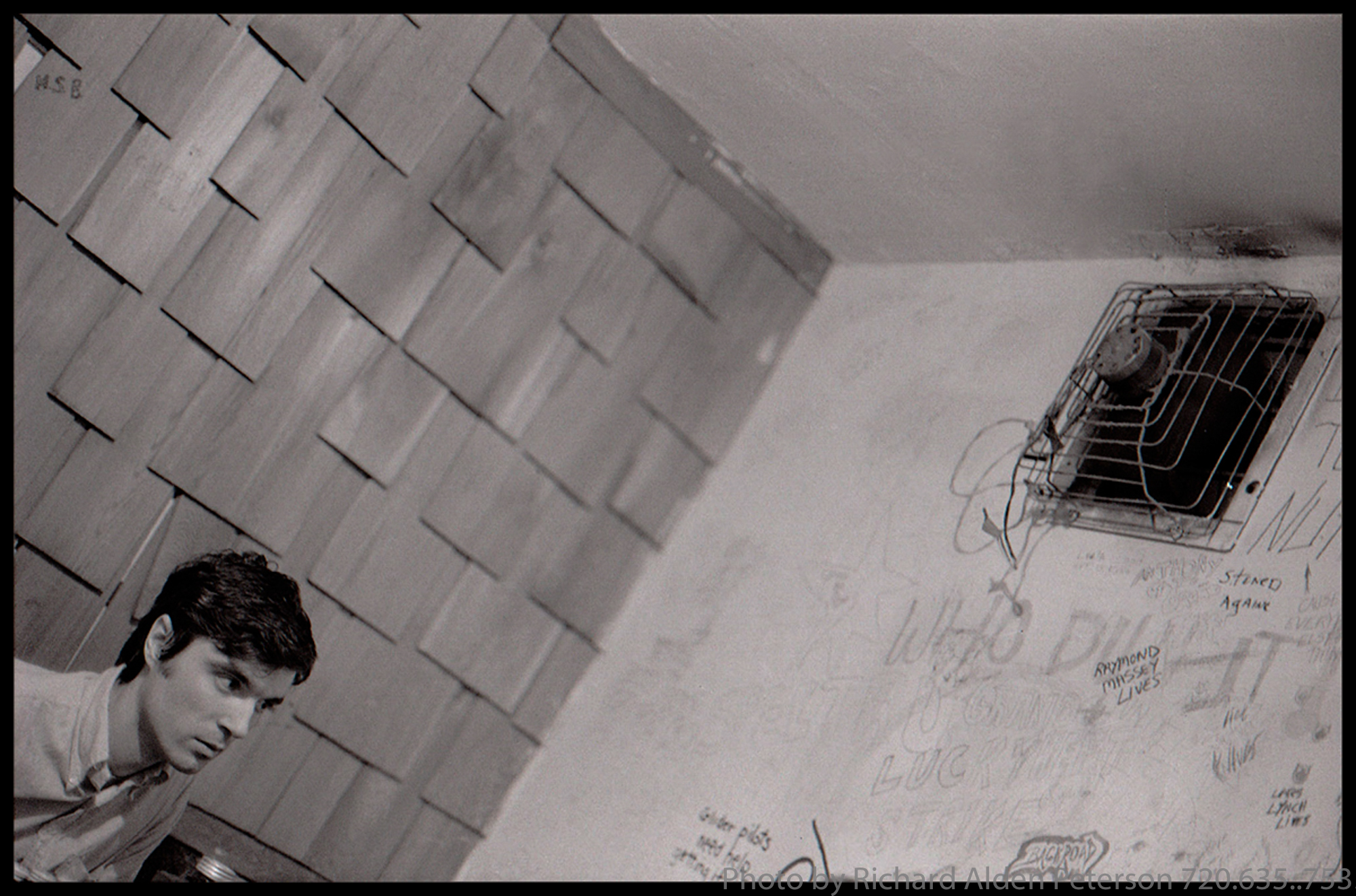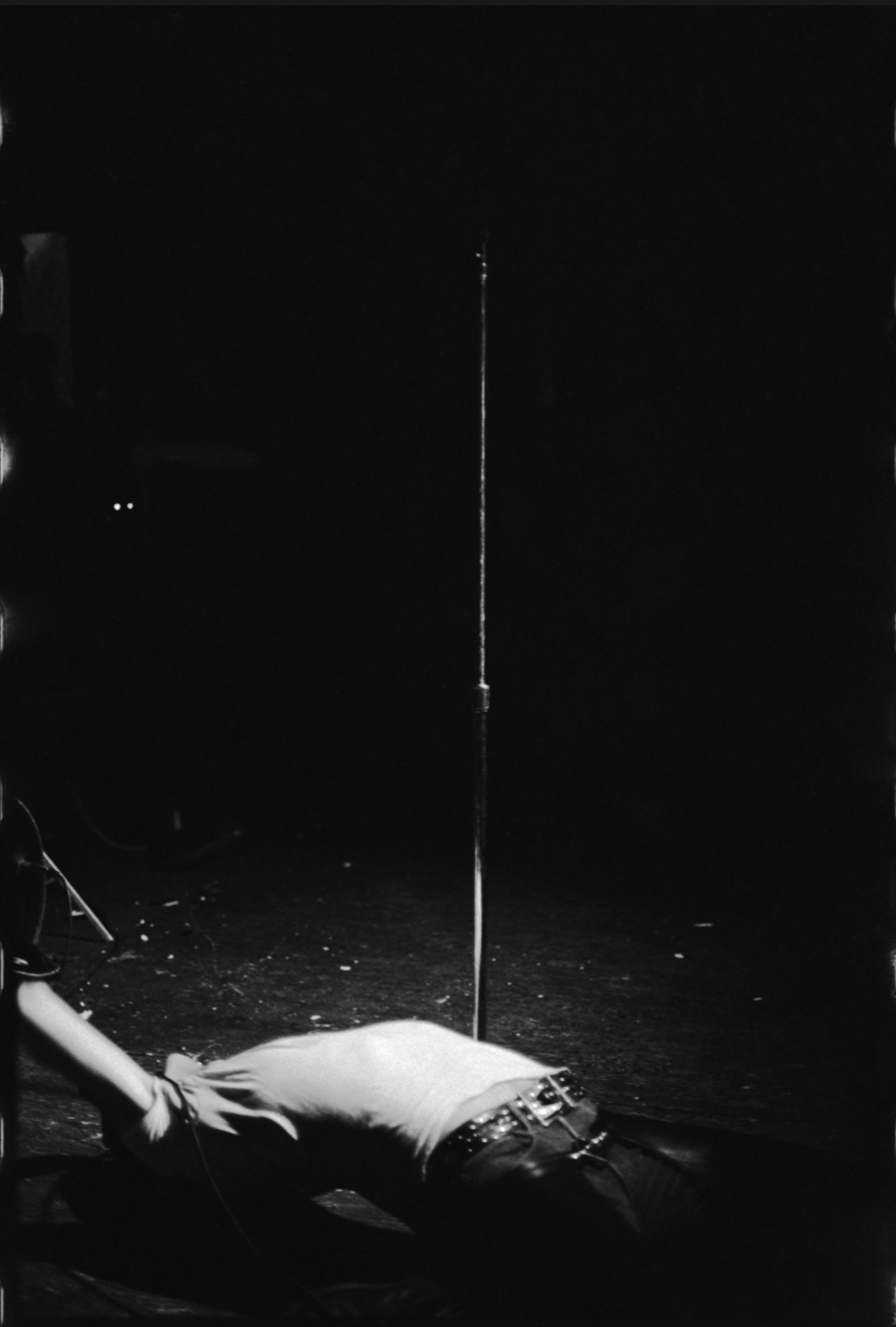Photographer Richard Alden Peterson
Interview By: Ginger Coyote

Punk Globe: Tell us about your career as a photojournalist.
That begins in seventh grade in a town 20 miles east of San Diego called Santee. When I lived there, it was kinda rural with horses and fields and space between houses, and now it’s the opposite. My diligence and obsession with learning everything about the “ darkroom” and “camera” impressed my instructor enough that he assigned me to teach the younger students photography by eighth grade. At the end of eighth grade, I created the class portrait and printed 8×10 glossy black and white prints that sold for 50 cents.
Alongside photography, I published poetry and creative writing in early school journals, leading to photojournalism studies from seventh grade through four years of college.
In high school, I had the fortune of an open-minded instructor who taught most of my classes and who set me on a path by targeting me as a creative person, making me the editor of the school paper, and telling me, “The future won’t be like today so why don’t you imagine something new and see what you can come up with.” We did, and it was wild.
At 15, I rode my bicycle to the local store to buy some things for my Mom. At the end of one of the aisles was a white man gazing at me and walking toward me. He turned out to be Bobby Wayne, the night DJ from rock radio station KCBQ located across from the store. He spoke with me briefly, invited me to the station, and unexpectedly hired me to become a concert photographer and high school newscaster. Soon, at 15, I met my first celebrity, the camera in my hand, Ricky Nelson.
By 16, I had the chance to hang out with and photograph many bands like The Supremes, Buffalo Springfield, Stone Ponys, Cream, Turtles, Strawberry Alarm Clock, Byrds, etc.
At the end of high school, as I transitioned into my first college to study photojournalism, my counter-culture interest, along with friends already active in underground press adventures, led me to become a writer and photographer for The Door in San Diego, first writing place for Lester Bangs who was raised near me, film director Mick Gattis and Cameron Crowe who wrote for the Door when he was 14. I wrote a music review and a political satire column called Mr. Jelly. Lester Bangs was taken by my writing, and he tried to recruit me for Creem Magazine, but I never really followed up. I have a typed letter from Lester, who was raised in the same valley as me, saying, “We’ve got to get you out here because that valley is the valley of genius.” I don’t know of many other names from there except Iron Butterfly. Frank Zappa was nearby for a bit.
My favorite photo teacher was David Wing, who taught at my first college. David was a real pioneer and master of archival darkroom techniques. He taught about photographers with deeper visions than we had seen in Kodak manuals. In those days, photography was just beginning to be taken seriously as an art.
Museums didn’t show photography until the 1970s. In high school in the 1960s, my photo classes were in the industrial arts department, the same as automotive. I also went to universities in San Jose and San Diego, but the quality of photography classes progressively declined, although San Jose had a great journalism program.
While studying in San Jose, I met psychedelic researcher Lynn, who was studying Linguistic Psychoanalysis at CU Berkeley. At first, I rode my bicycle every weekend from San Jose to Berkeley to live in her dorm room until I rode back early Monday morning. Then, eventually, I moved in with her and hung out in her classes until I secured a job at a photography place on Broadway in San Francisco.
In 1978, I opened my first studio in San Francisco at 16th and Wisconsin across the hall from the original location of Victoria’s Secret headquarters, and they became my first commercial client. At that point, they also owned the Xandria Collection of sex toys, which I also photographed products for (and my girlfriend stole products from). Toys and lingerie were often scattered around my studio when I photographed bands like Devo or the Screamers. ARP, my initials mixed up and named after the artist, was the original name of my studio.
In 1980, I broke up with my girlfriend, Search & Destroy writer Lynn X, and moved for a few months to the corner of two alleyways that housed a turn of the 19th-century brothel, Pink and Pearl, in San Francisco for a few months where I tried to complete a photo book for ReSearch, Vale’s book publishing company but artist Bruce Conner who was also in the book caused it to be canceled.
In 1981 I moved to San Diego where I founded the Pink and Pearl Gallery, named after the intersection in San Francisco. Pink and Pearl exhibited underground art mainly by my talented Punk artist friends including Bruce Conner. It doubled as my photo studio for the 1980s decade.
Printemps, a French-owned department store, hired my wife and me a few days after we were married in 1987 to work in a store in Denver so I became their advertising photographer. I opened a studio in Lower Downtown in the old part of downtown Denver where I created art or commercial photography until 1999 when I moved my studio to a mountaintop in Indian Hills 150 feet from my house.

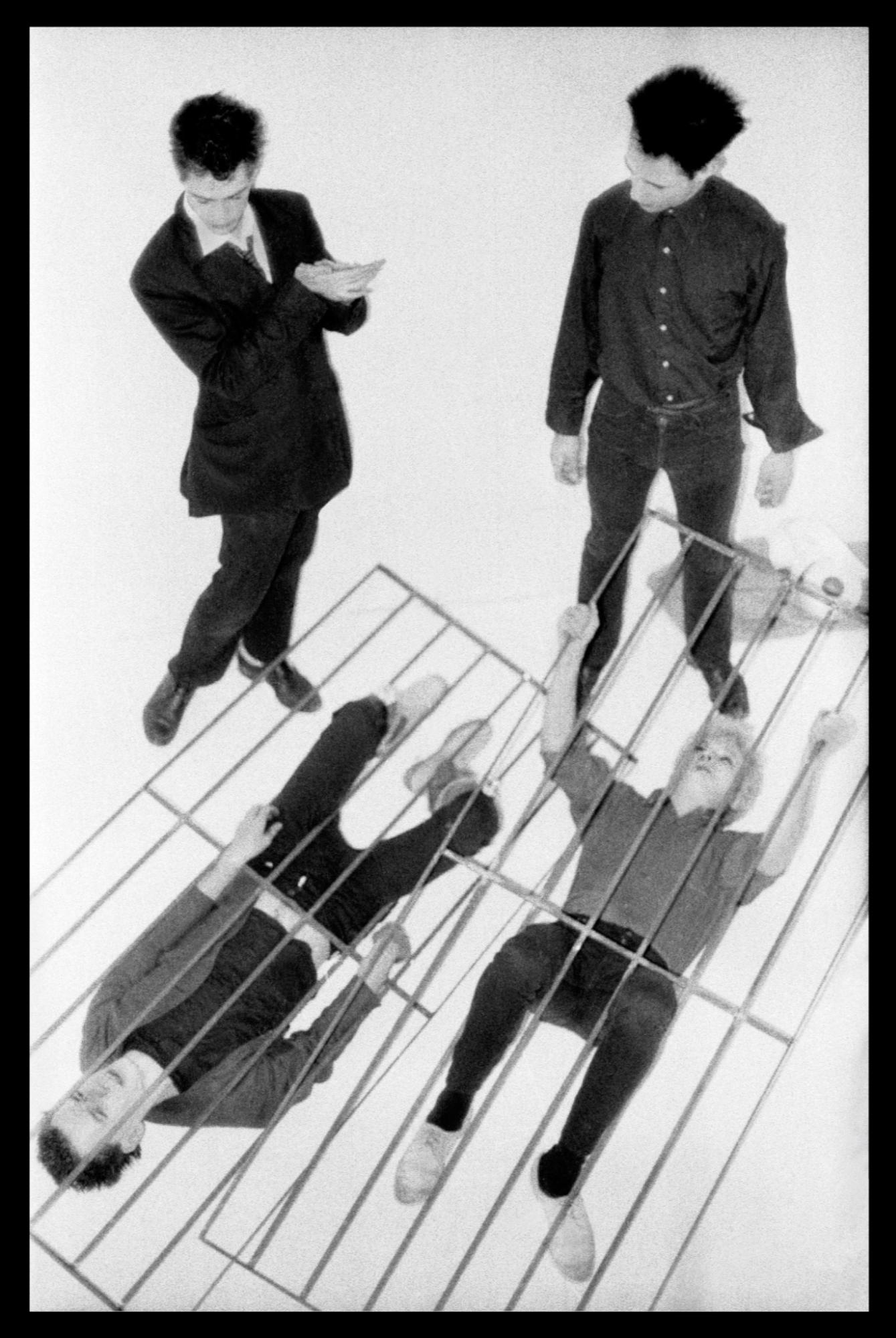
Punk Globe: At what age did you become interested in taking photos? What type of camera was your first with which you started taking photos?
Until my 12th birthday, I assumed I’d be a chemist. I loved mixing zinc and sulfur from toy chemistry sets my parents purchased for me to make heated mini-atomic explosions in our backyard. On my 12th birthday, plain chemistry shifted to photochemistry when my Navy photographer uncle gifted me a toy darkroom set. That very day, he enthralled me with the magic of film development. The alchemical possibility of creativity with chemistry excited me.
I created my first photo at age nine with a Kodak box camera in a style strikingly similar to the offbeat styles I use today. For some reason, I saved a picture of my brother with a metal toy cement mixer. Surrealism appealed to me from an early age—well, maybe not that early. For a point of reference, I turned 73 on April 10, so I’ve been clicking for more than five years!
n Argus C3 became my first serious camera, and then, in high school, all the traditional old-school cameras like 4×5 Graflex, twin-lens reflex, etc. Eventually, Canon became my preferred 35mm camera, mainly because it was the underdog to Nikon at the time.
Even today, I gravitate to the underdog, the new, and the unconventional when selecting tools. I am a futurist attempting to remake reality (expanding creative consciousness) rather than clinging to the safety of the already known, as many people do. Rebel instincts and counterculture captivate me.
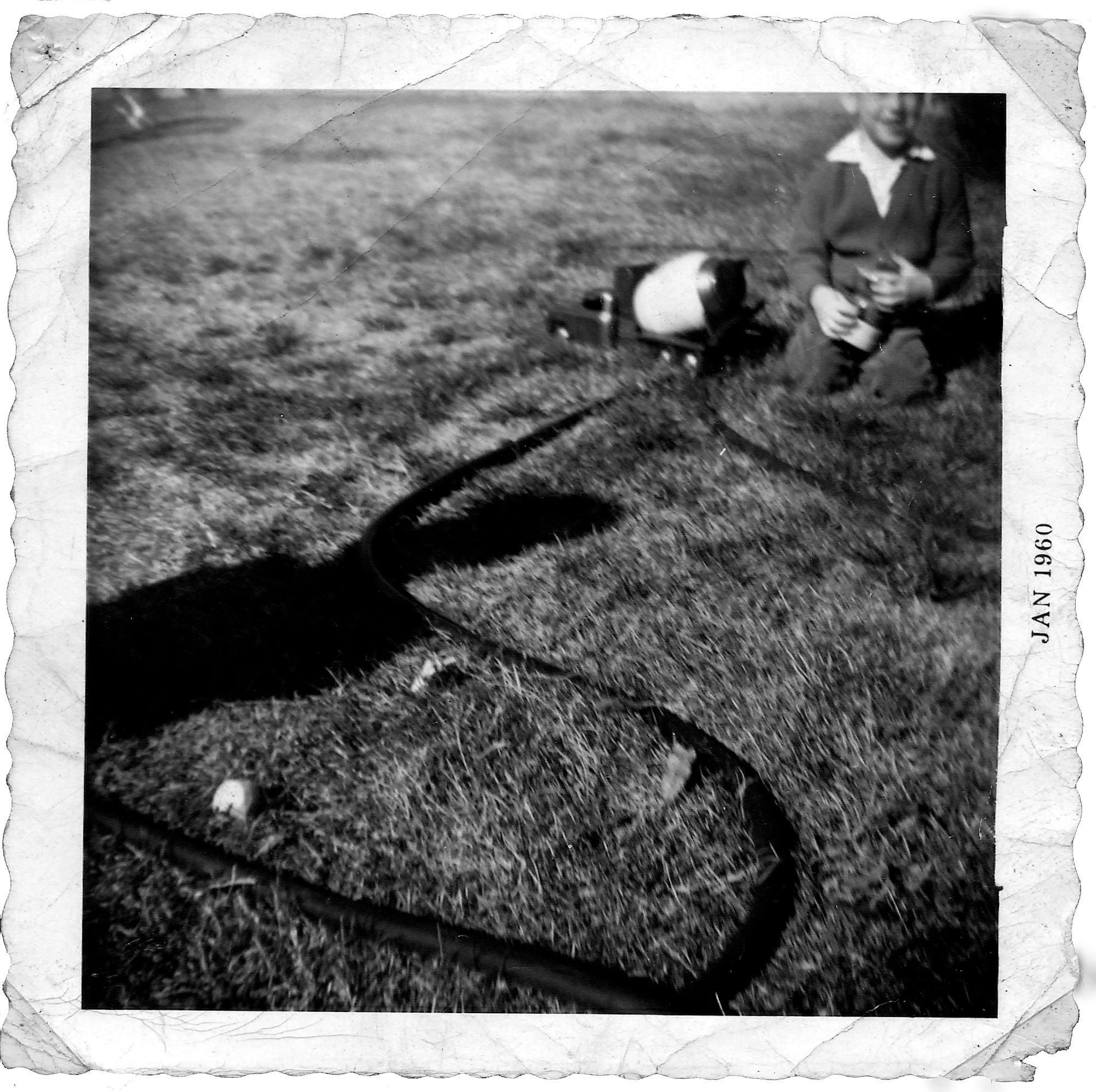
Punk Globe: Who were some of your early inspirations regarding photography?
Probably music more than photographers. For some reason, there was a tiny underground record store in the town where I was raised, and it had rare and obscure albums. It’s totally out of place. That’s where I would buy The Fugs, Captain Beefheart, Velvet Underground, The Mothers of Invention, Stooges, etc. For some reason, I had an obsession with The Doors and watched them live six times.
Very early on, nature greatly influenced me, thanks to my Dad, who loved traveling to parks and camping. My Dad was naive and uneducated but had an eccentric creative spirit and was very spiritually nature-connected. He gave me my warped sense of humor that few people understand.
Punk Globe: Tell us about your work with Search & Destroy ‘zine.
Almost every lunch hour when working, I wandered down Broadway to my favorite place, City Lights Bookstore, where I met Vale, the deadly accurate and lightning-fast typewriter writer, who loved to provide tours of the Dada ‘zines, the rare Surrealist books, true counter-culture items. One day, I was talking to Vale at the counter, and he told me that a new movement called Punk was starting at a club down the street on Broadway. He wondered if I’d be interested in helping him create a new publication synchronized with the birth of this powerful new cultural movement. Since I had mainly been writing, I told him, “Sure, I can write for it.” He replied, “We don’t need any writers. This is City Lights Bookstore! We need a photographer.”
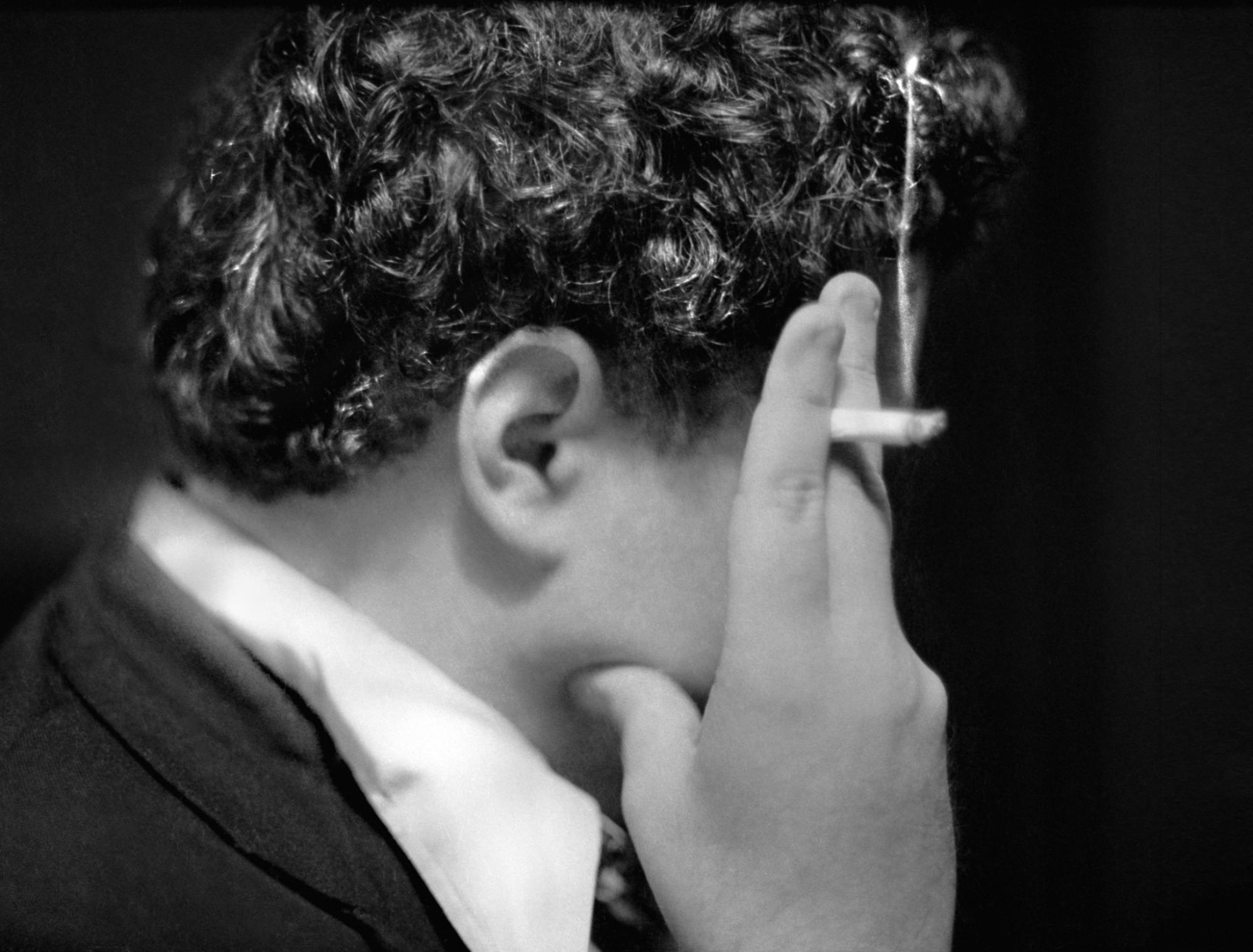

I did photography, photo editing, stat creation, etc., for Search & Destroy ‘zine. Vale planned ten issues, as the purity of any art movement can’t last forever. However, we put out 11 because of having too much fun. The first issues were typed in Lawrence Ferlinghetti’s typewriter (remember those are cut-and-paste, no computer days) and published using some funds from Allen Ginsberg. Co-publisher and Surrealist Ricky Trance provided a long table in his flat that served as an all-night two-or-three-creation event, and amazing artists worldwide would contribute. A transition around 1980 or 1981 in the culture of Punk changed it into a new animal that was much different from the more individualistic late 1970s explosion.
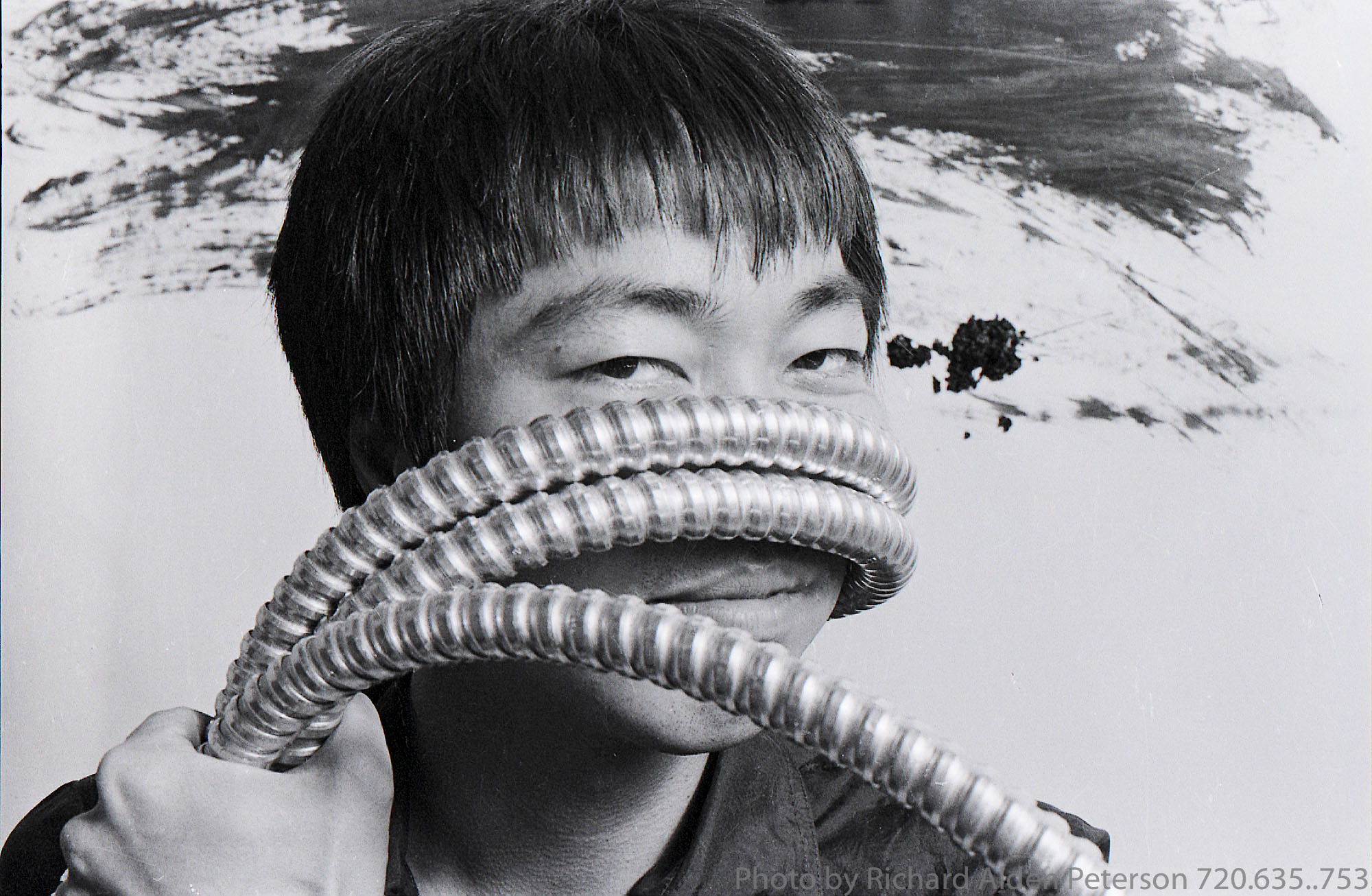
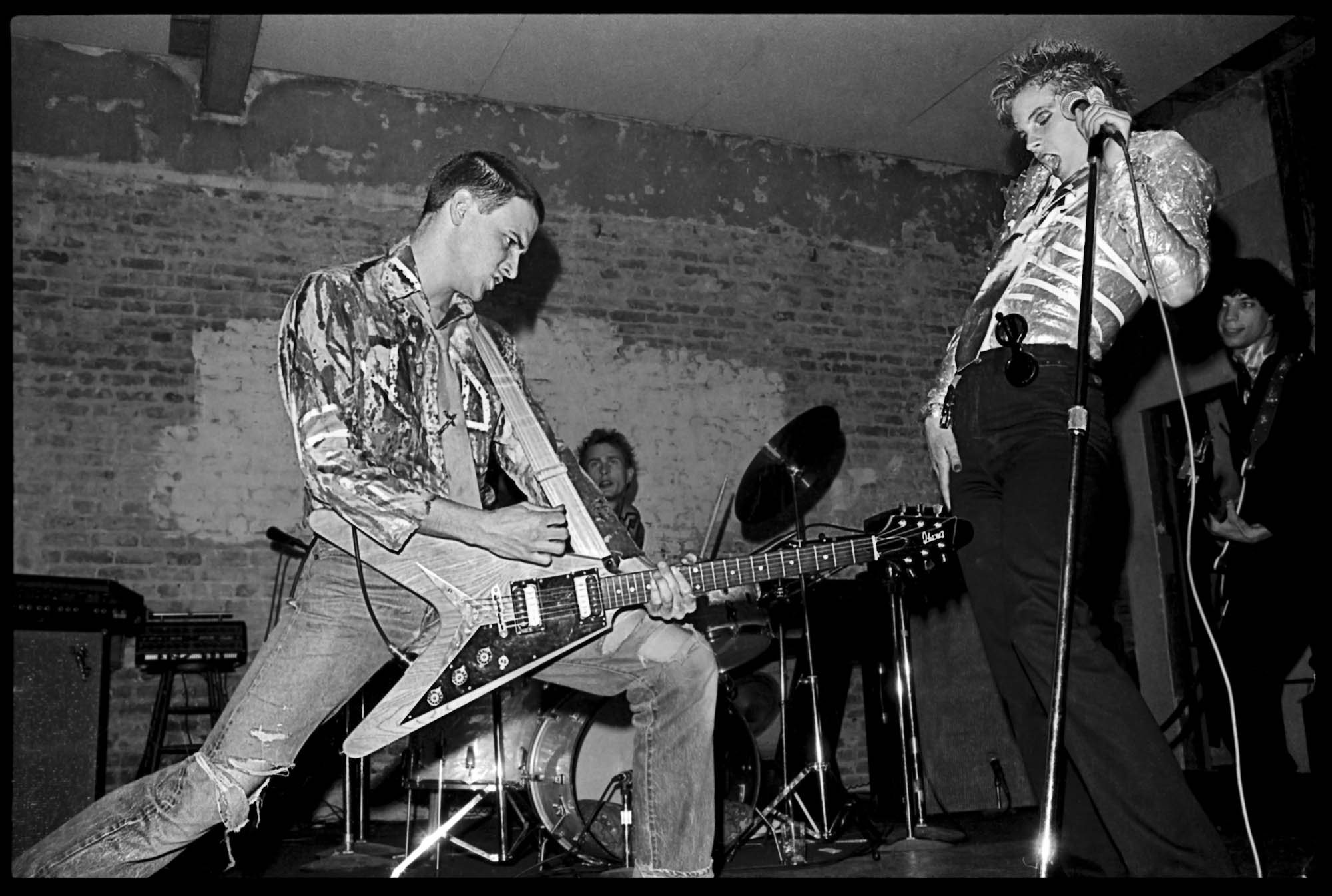
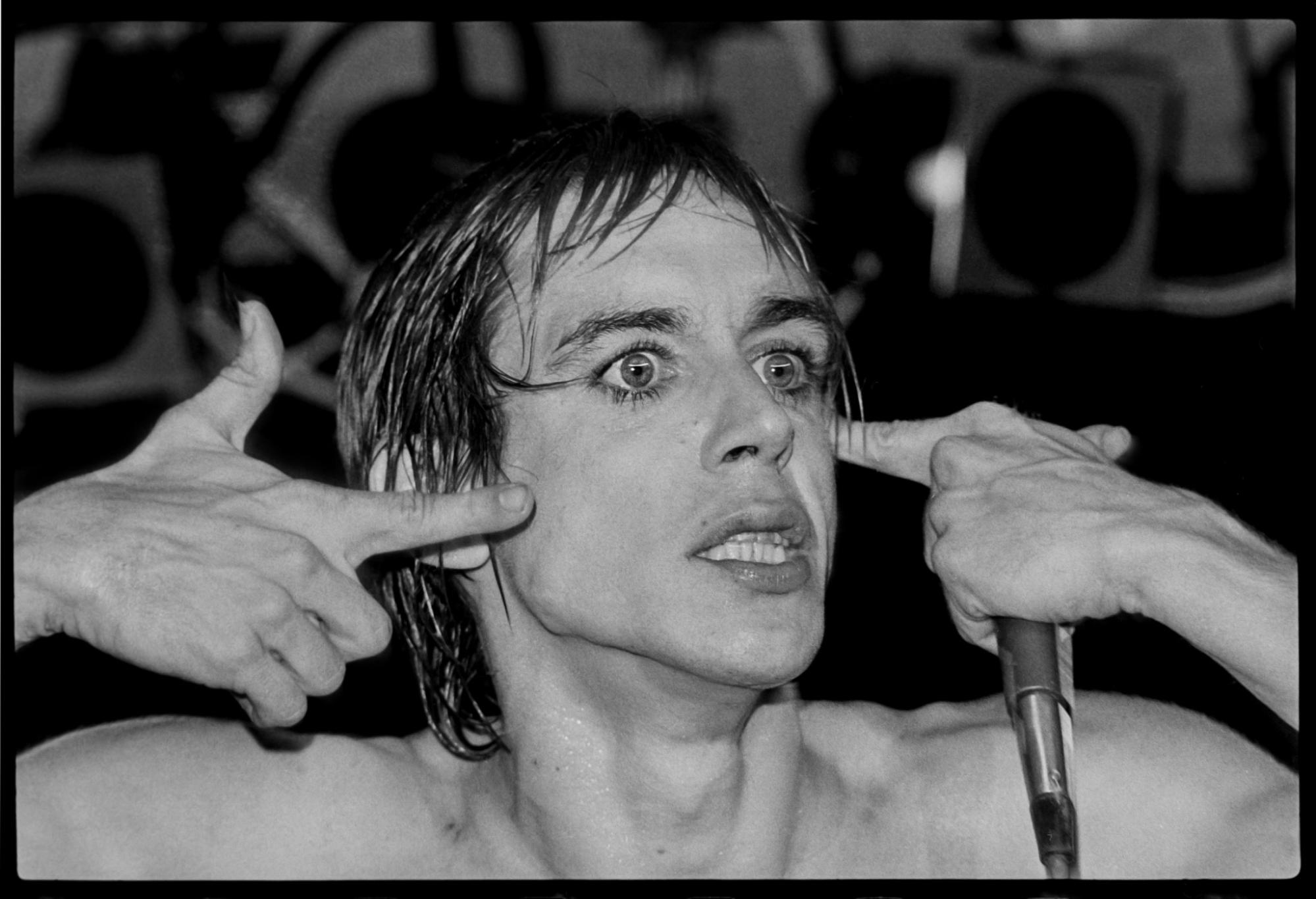

My Search & Destroy card worked wonderfully. It even landed me onstage with the Sex Pistols and gave me admission to many concerts. I loved seeing Search & Destroy on the newsstands in San Francisco sitting next to Lady’s Home Journal.
Search & Destroy became a true life-changing experience for me. The Punk Club where I did much of my photography work, Mabuhay Gardens, emitted so much raw creative energy that it inspired me in a way I had never experienced before. Photographing for Search & Destroy was an act of passion, and I considered my photography to be a body of art rather than simple documentation. Meeting and interacting with the brilliant characters emerging in the Punk and New Wave cultural revolution inspired me like nothing I’ve ever experienced before or after.
Mabuhay Gardens and the San Francisco Punk scene stood alone, eclectic and poetic, deeper and mysterious, sharper and more political than other cities. San Francisco of course is more esoteric with its hybrid blend of Beat, Psychedelia, and Punk in a uniquely open-minded and inclusive scene.
Punk Globe: You also worked with my dear friend Bruce Conner. Tell us how you two met and began working together. Bruce could do it all—such an inspiration.
Bruce Conner and I met at a Search & Destroy planning party at Vale’s North Beach flat in San Francisco and began a 30-year work and friendship relationship that altered the course of my life and greatly influenced my art. Bruce was my primary art teacher, always offering iconoclastic tips to perplex the art establishment.
Bruce used me on several projects including helping to edit the Brian Eno, and David Byrne film Mia Culpa and printing all of his 57 Punk print editions exhibited at MoMA, SFMoMA, and the Sophia Museum in Madrid for his “It’s All True Exhibit.” I also created the photo below used on the cover of the catalog for the show. He loved the quality of my prints above anyone else’s and trusted me to understand his unique take on the universe when I collaboratively printed.
Bruce routinely called me whenever he had funny career stories, health problems, or had heard from someone in the old Punk scene. He was fond of Ruby Ray, Ginger Coyote, the Mutants, and Crime.
Bruce Conner was a true visionary seer like no one I had ever met, and I can’t express how fortunate I felt to know him, work with him, and receive many gifts from him for three decades. Because of Bruce, my work is in several library collections and the permanent collection of SFMoMA.
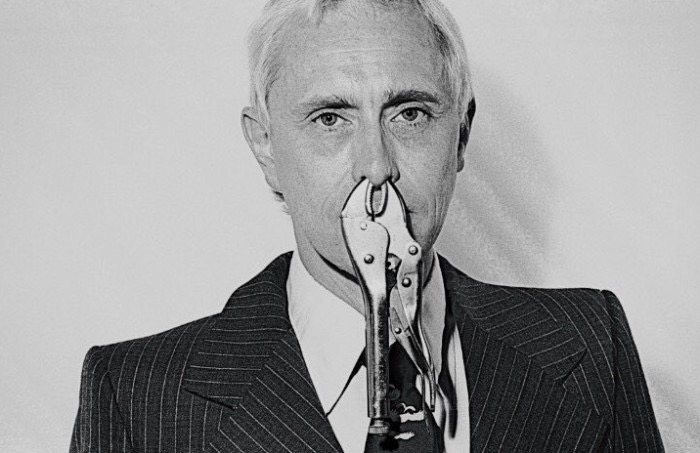
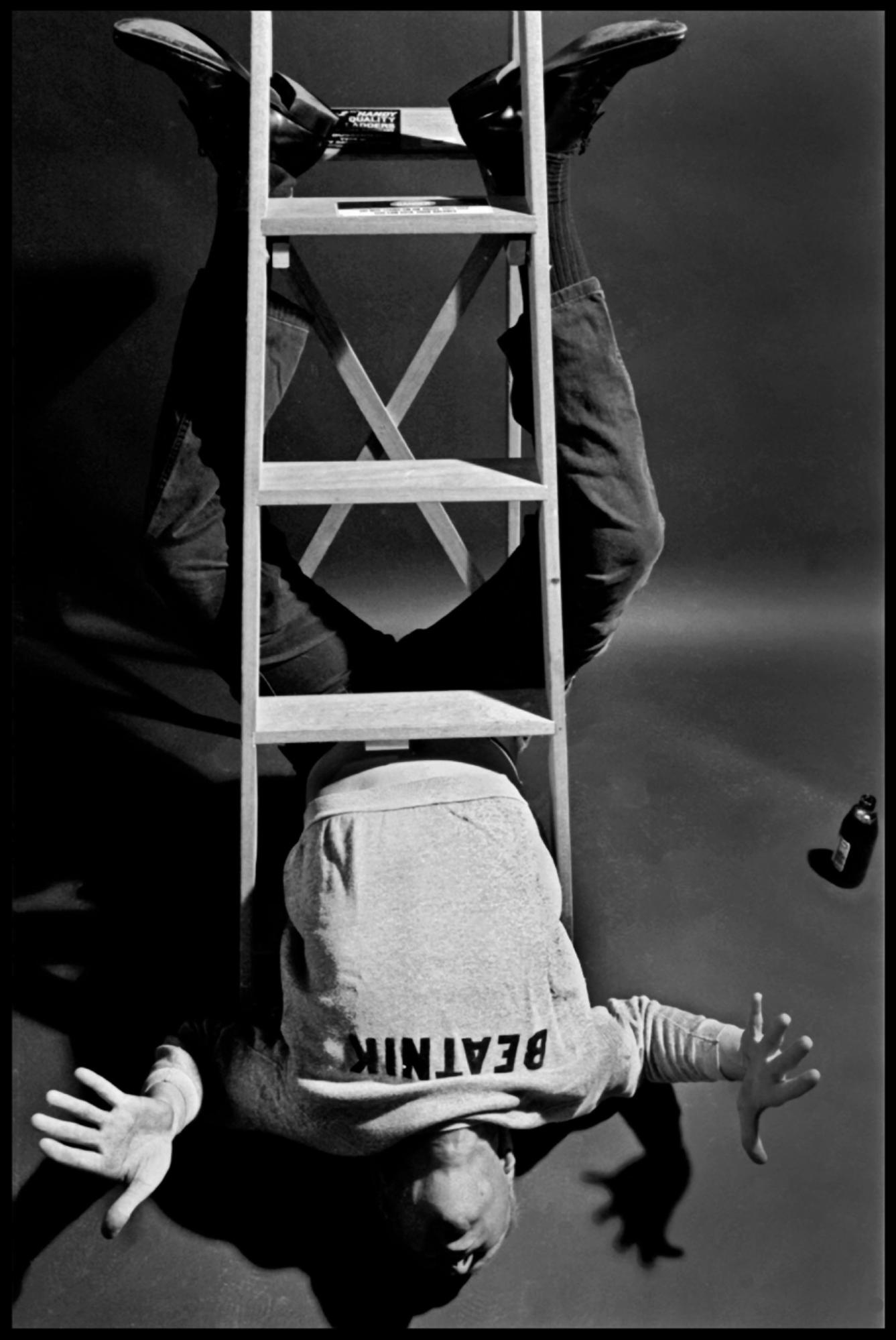



Punk Globe: You have photographed so many interesting people except for myself. Tell us about your favorite people to photograph.
Lots of them were favorites, and they vary daily as they pop up in my head. David Byrne comes to mind because he’s so curious about you and the world, and he spent a great deal of time with Lynn and me in San Francisco. People who became true friends after I photographed them and stuck with me for decades would be James Call of the Penetrators and Michael Belfer of the Sleepers.
Punk Globe: You have some iconic images of Debbie Harry and of Joey Ramone. How did they come about?
I hang out in the wrong places, waiting where things look interesting. I stood by this wall in Winterland backstage until Joey walked by and asked if I could photograph him in front of it. For the Blondie photo, I’m working a bit like a street photographer, shooting quickly as I walk by to catch a more real moment. My camera is always with me, just in case I see something. I’ve been carrying it since I was 12, so for 61 years now.
I look for the places and angles where no one else is looking, and then I look a little further to see how far I can go.
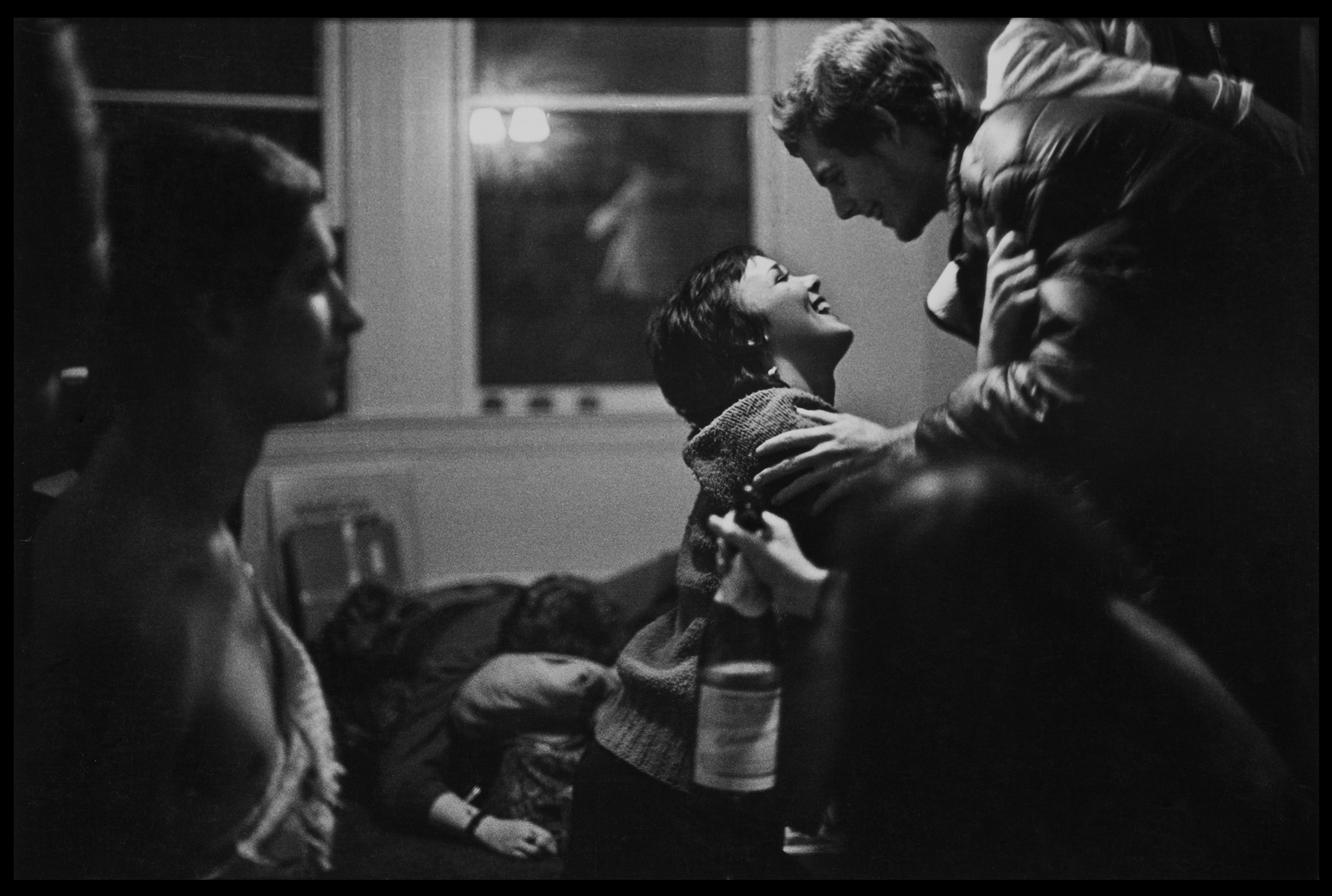
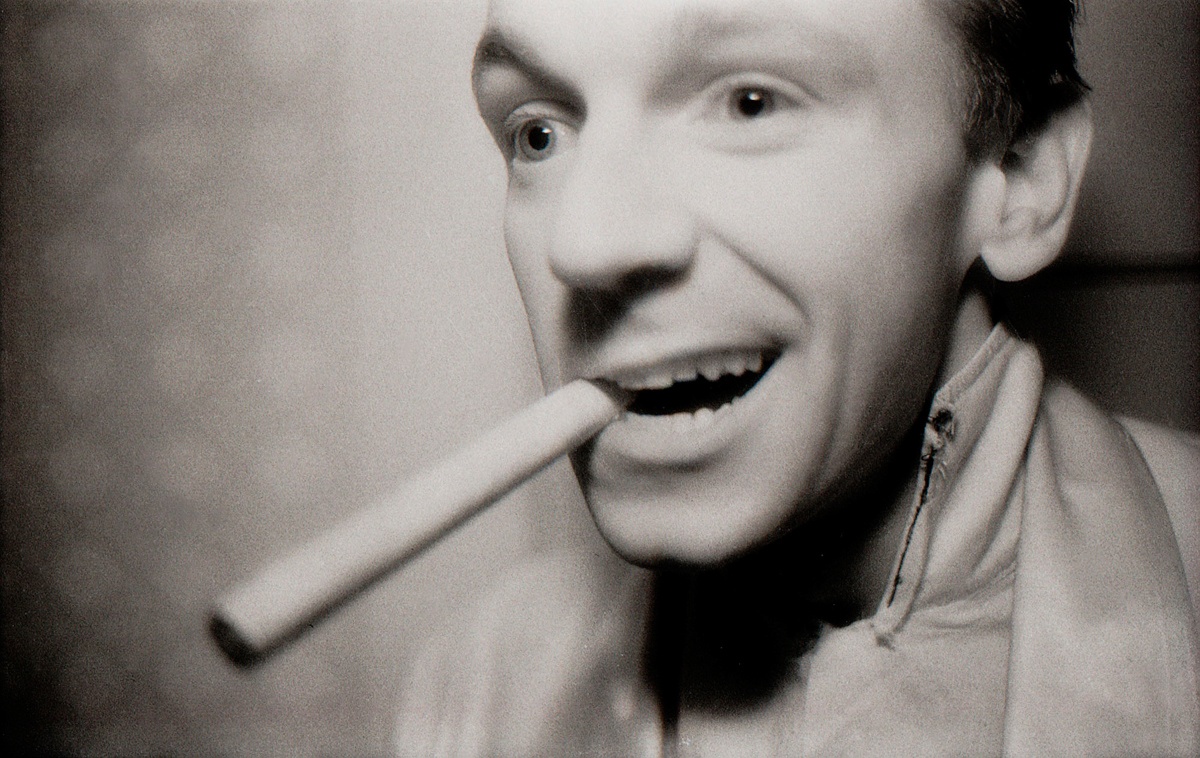
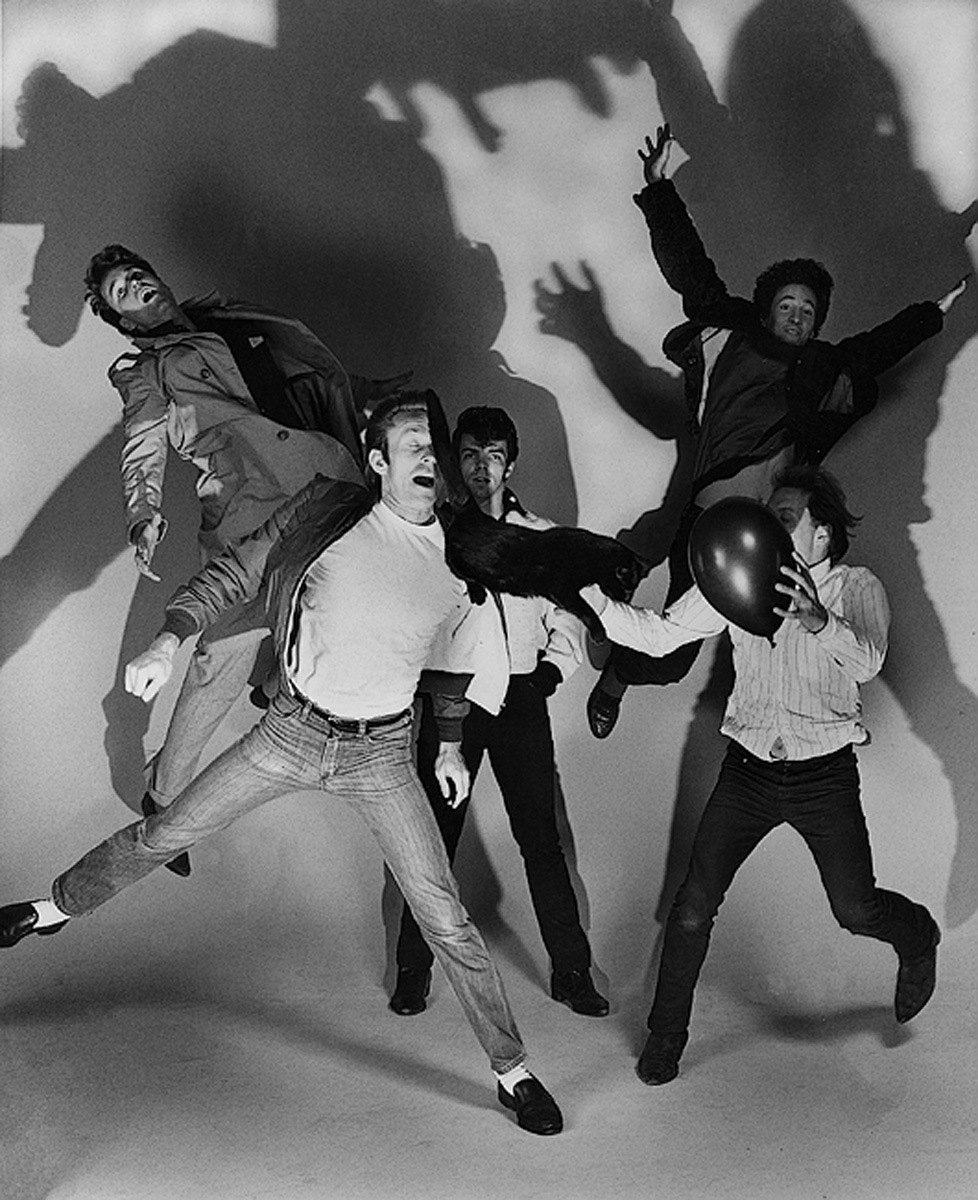
Punk Globe: Who are you photographing for currently?
At 73, I am mostly retired from boring commercial work. These days, I only do pleasurable things, things that benefit my art and keep me busy in creative ways. In 1981 five readers at the Berkeley Psychic Institute informed me that I was an old soul with extraterrestrial origins so I now photograph events for MUFON (Mutual UFO Network) in Colorado. Their meetings are inspiring, to say the least.
I’m also creating an ongoing creative portrait series of artists, my favorite group of people to hang out with. Artists tend to be open-minded exploratory eccentric people who are not afraid to be themselves in public. The best!
Another series I’m creating is “A Darker Nature,” an enhanced psychedelic take on nature’s invisible forces fighting back against people’s destructive forces. The series consists of 555 one-of-a-kind prints (original files deleted) for $555 each.
Heads of Hydra is an artists’ collective I created to exhibit my work alongside friends in a DIY counter-cultural anti-art-establish environment. I call myself an Anti-Curator, largely inspired by Bruce Conner and past experiences with Curators who failed to comprehend my work.
Punk Globe: Have you done any photo exhibits?
My first photo exhibit was at Target in San Francisco (outside school exhibitions). In the 1980s, I opened the Pink and Pearl Gallery in California, an underground alternative gallery where I sometimes exhibited my work. I also produced shows for many California galleries.
In Colorado, I’ve shown at many galleries and in major shows at the Museum of Contemporary Art Denver, including a Punk show with Bruce Conner. A collection of my work was also included in Mark Mothersbaugh’s “Myopia” traveling museum show seen at several museum spaces across America.
Punk Globe: Tell the readers about what kind of camera you use now and what you used on your great photos?
Now, I use Fujifilm X and GFX medium-format cameras. I’m learning video work and starting a series about creative characters called “Heads of Hydra.” I used Canon cameras in the past, but now Sony and Fujifilm make the most innovative and futuristic cameras. Fujifilm is a bit eccentric, which appeals to me.
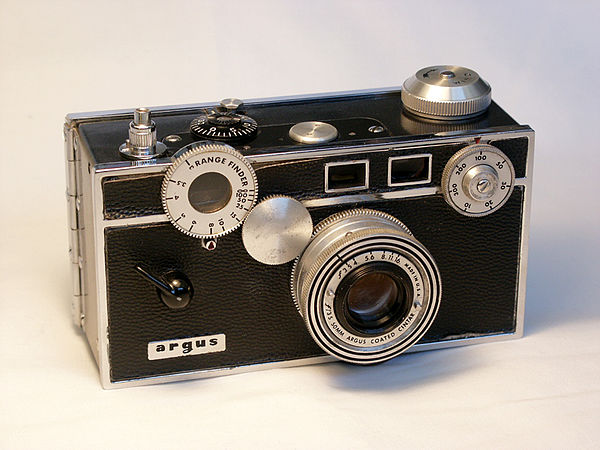

Punk Globe: You are currently located in Colorado tell us about your life there?
As a California native, I never witnessed falling snow until I moved here. It’s beautiful, but I don’t like ultra-slippery ice or subzero weather. In general, the state in incredibly beautiful, magical, and inspiring. I live with my wife Sydney on a mountaintop in a very isolated spot. Occasionally bears and mountain lions walk by our front door. Sometimes I walk or meditate in the forest while wandering around naked (oops) reconnecting to nature, and looking for photos for my “A Darker Nature” series. We have two children 31 and 34 (a boy and a girl) and two grandchildren (a boy and a girl) 2 and 4 who live not far away. Next to our house built by the co-developer of the smoke detector is a historic stone fairy-tale-like house built by an eccentric Swedish immigrant and miner in 1926. I’ve used it for photo sets for Hollywood actresses and album covers for bands like Apples in Stereo.
Punk Globe: Do you have a studio there where you shoot photos?
Yes, it’s 150 feet from my house on top of our garage, an easy walk to work unless there’s five feet of snow to shovel first. I’m in it right now writing this.
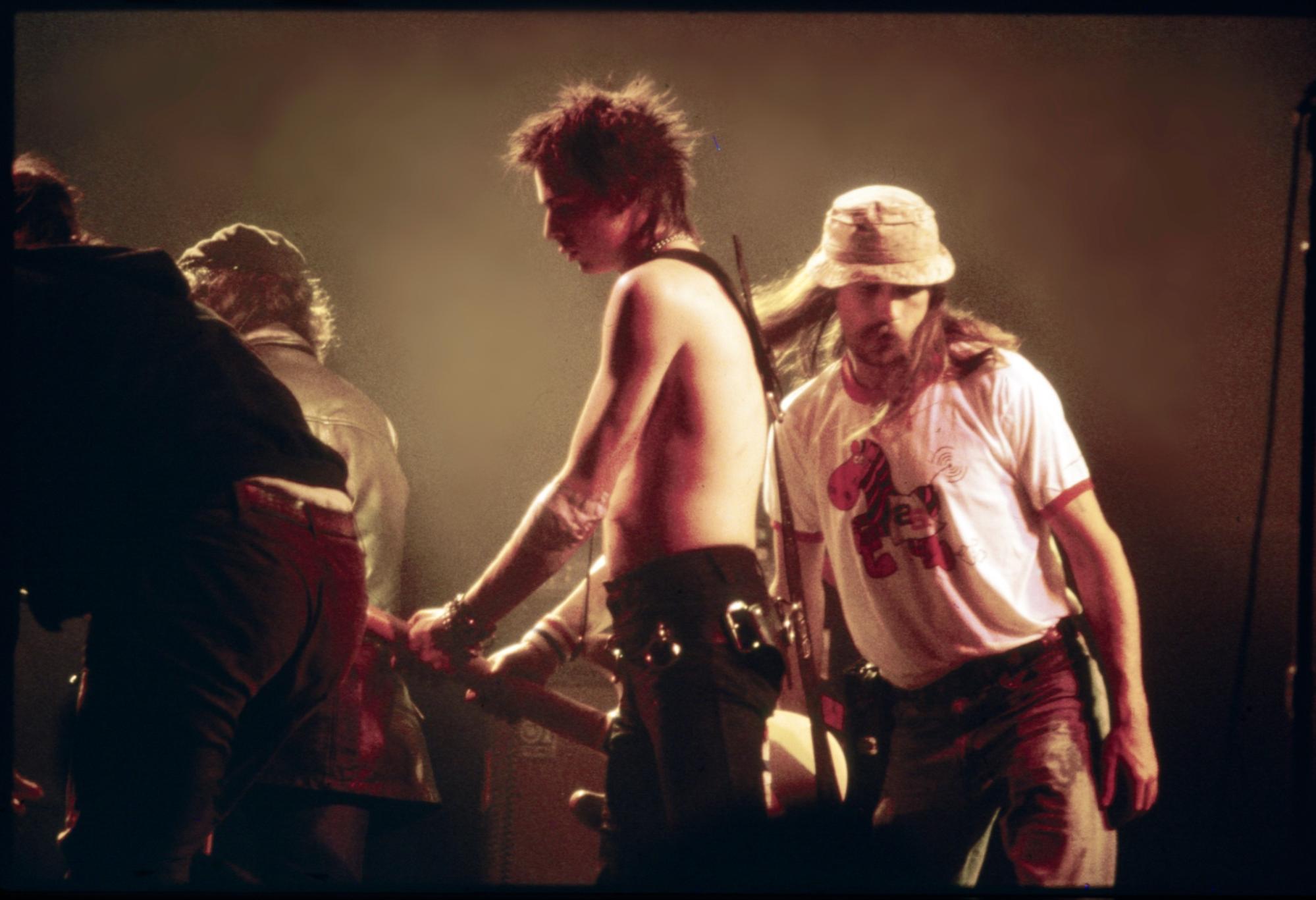

Punk Globe: Do you have any Internet addresses you would like to share with the readers?
My main set is barely there, mainly a full-moon mailing signup from www.richardaldenpeterson.com, and I have a blog site coming where I’ll be posting artist-related things at www.museum.camera. I’m working with friends on a wild video series for YouTube called Heads of Hydra.
Punk Globe: Describe yourself in three words.
Slightly off-kilter.
Punk Globe: Any last words for Punk Globe readers?
Be a weirdo. Don’t let anyone stop you.






